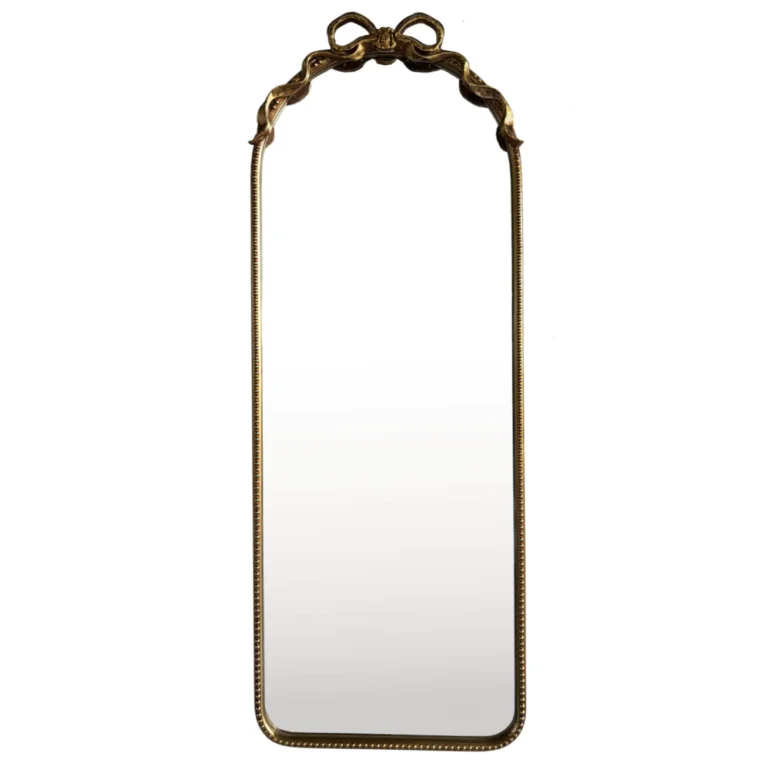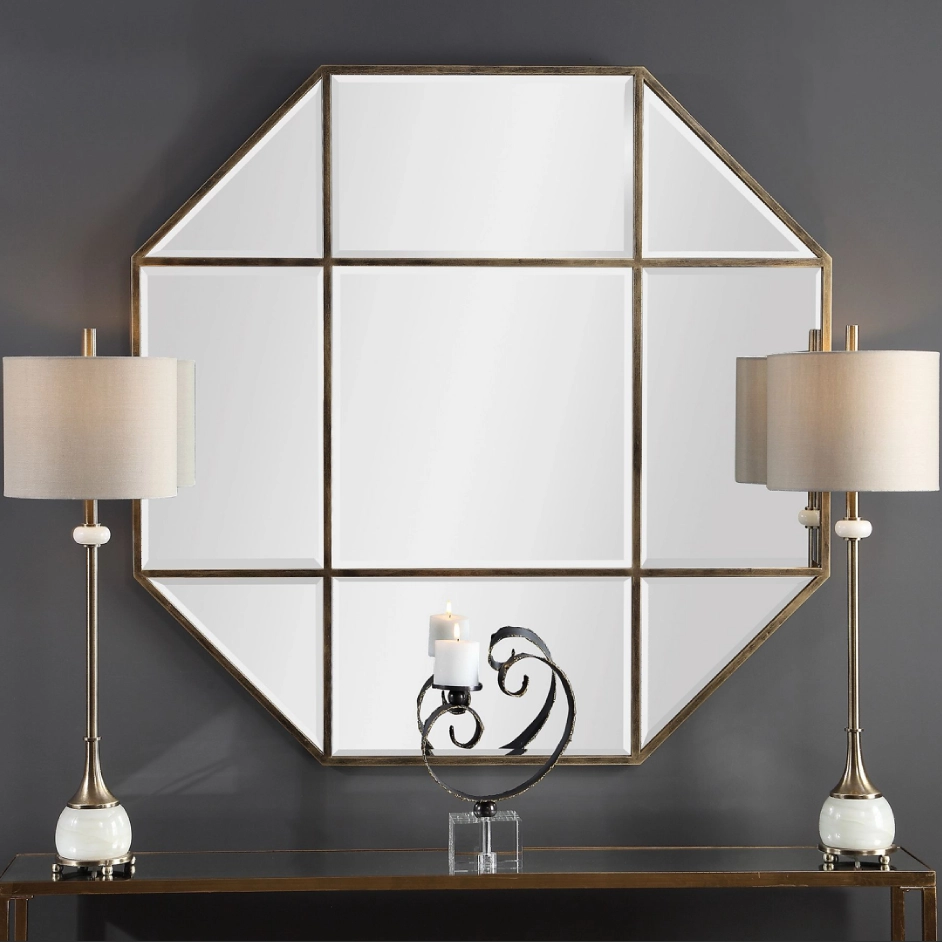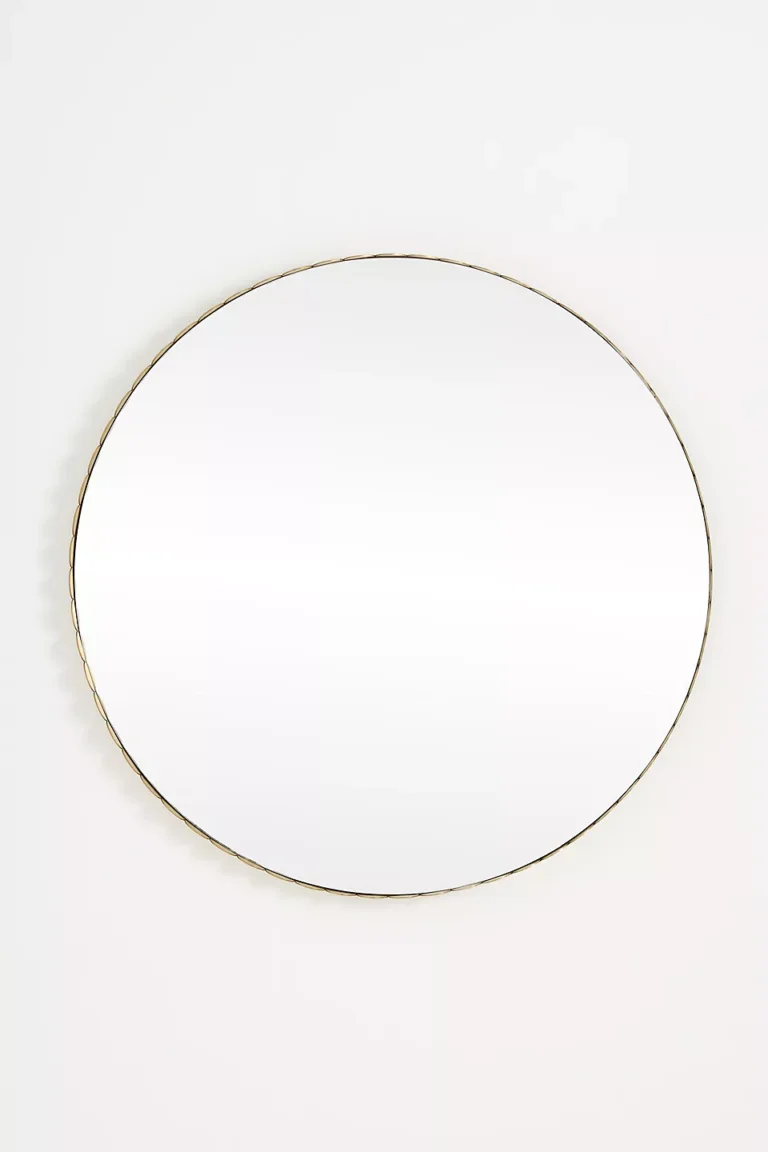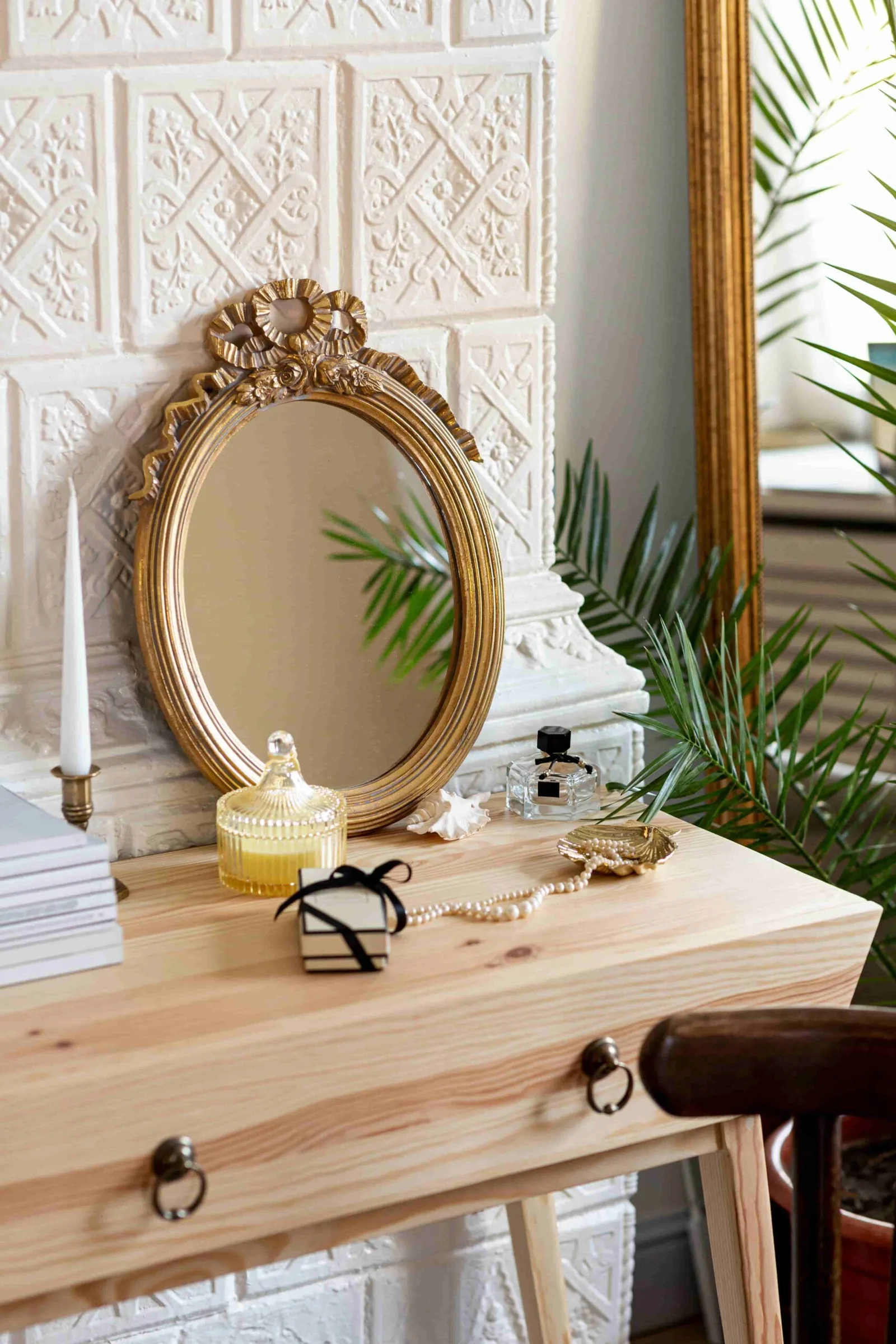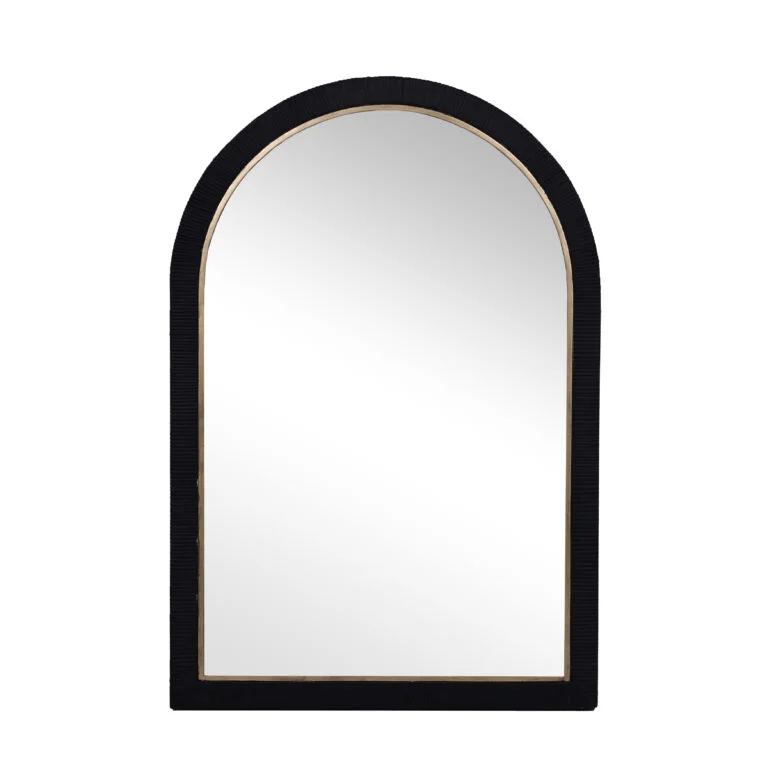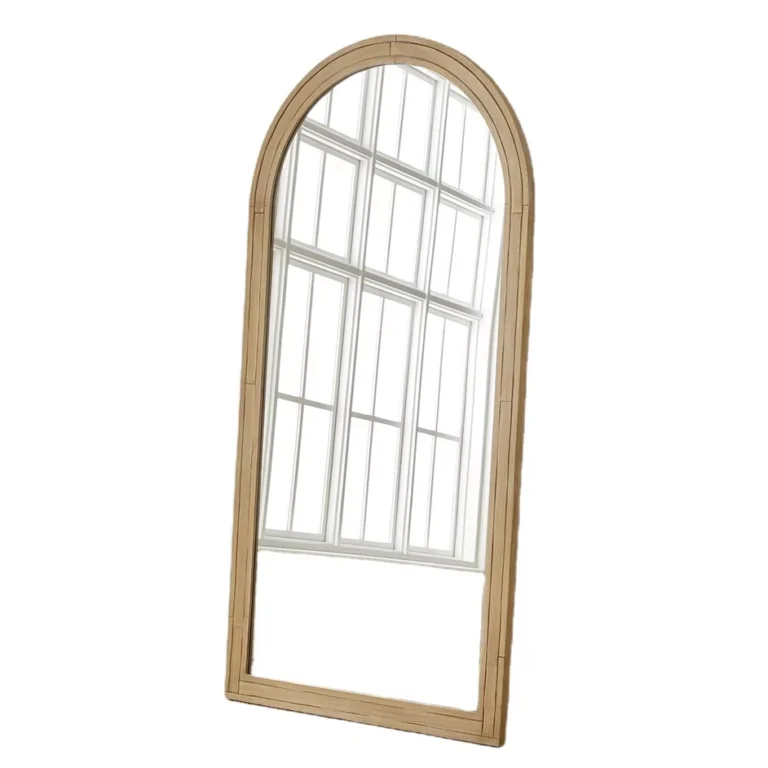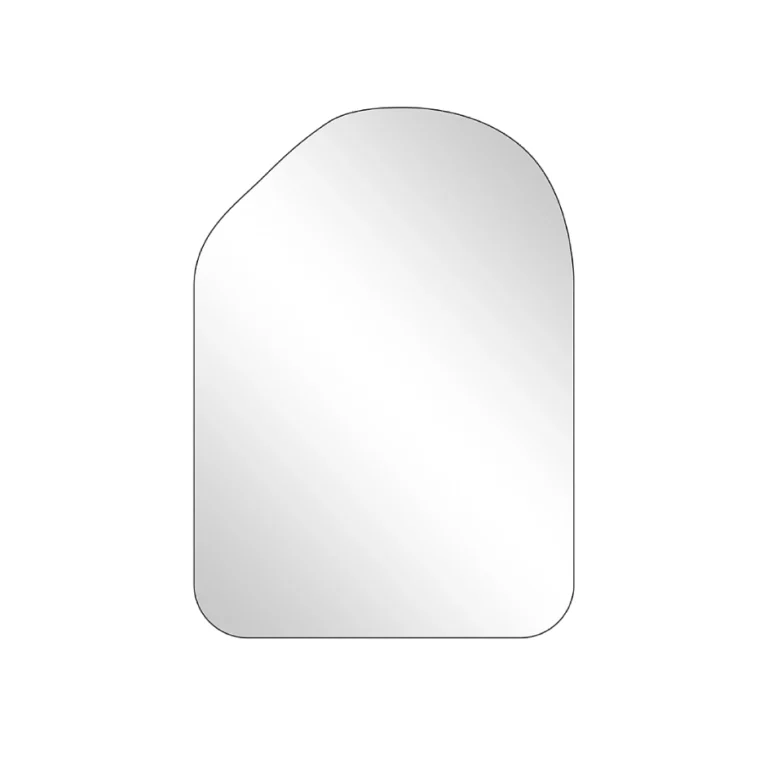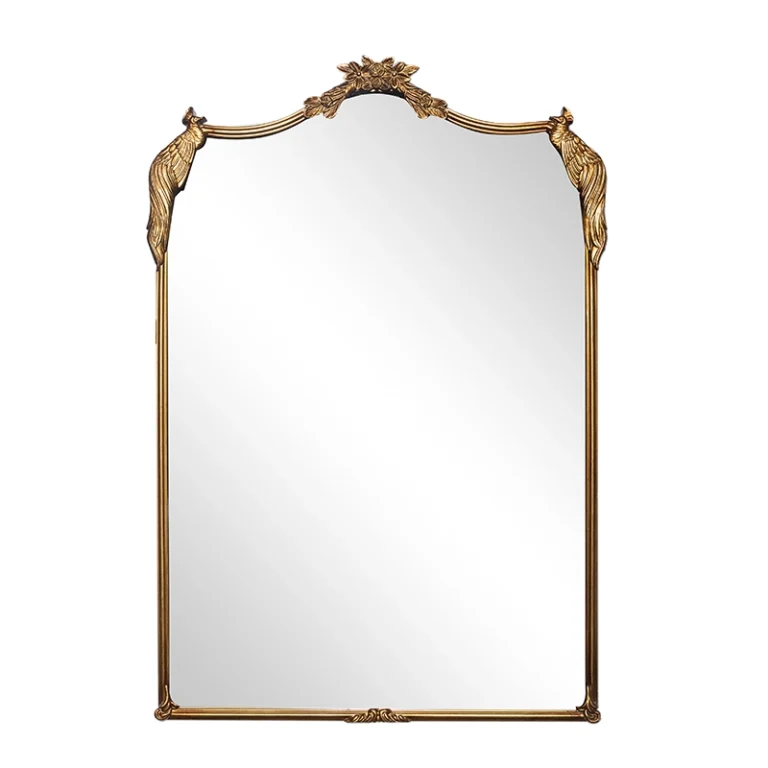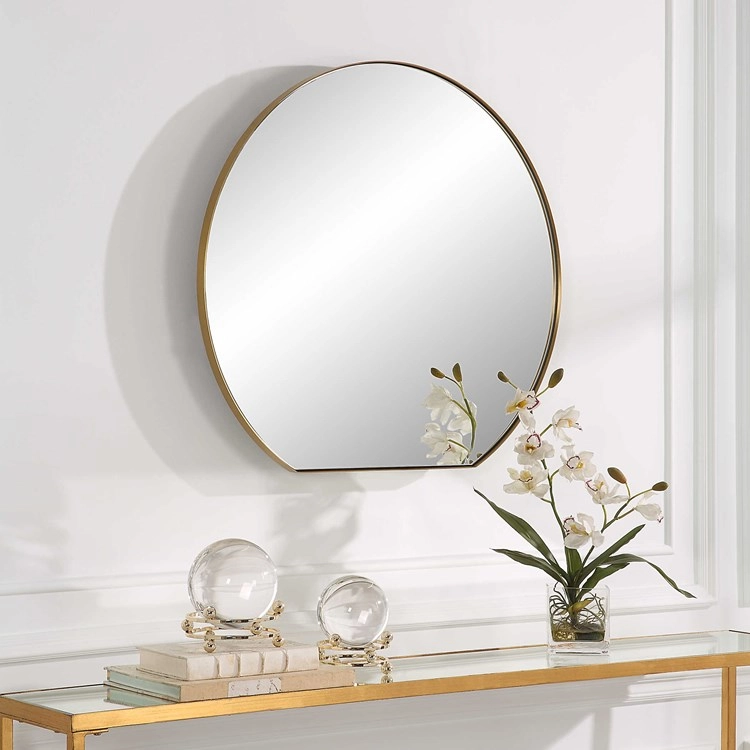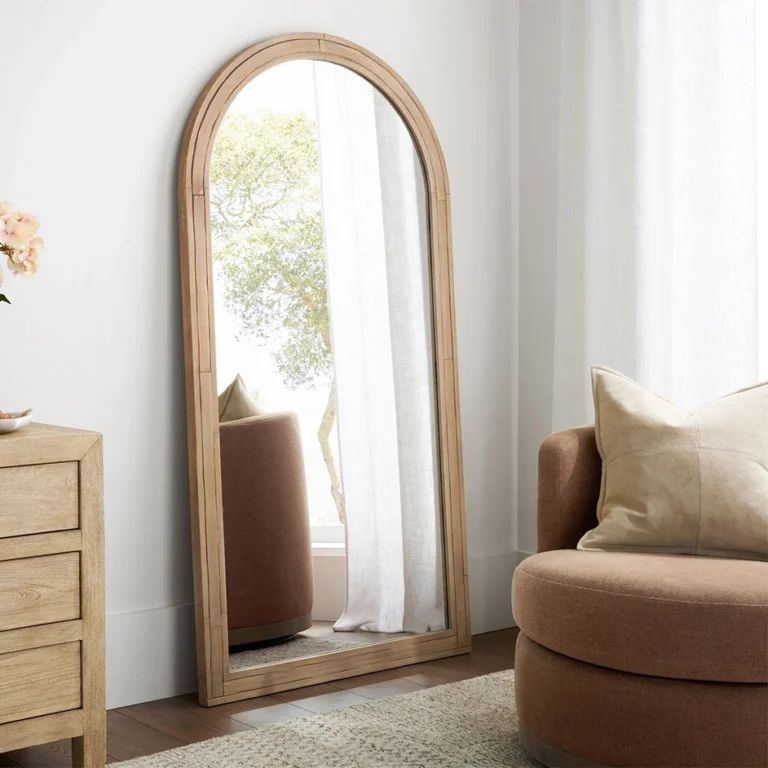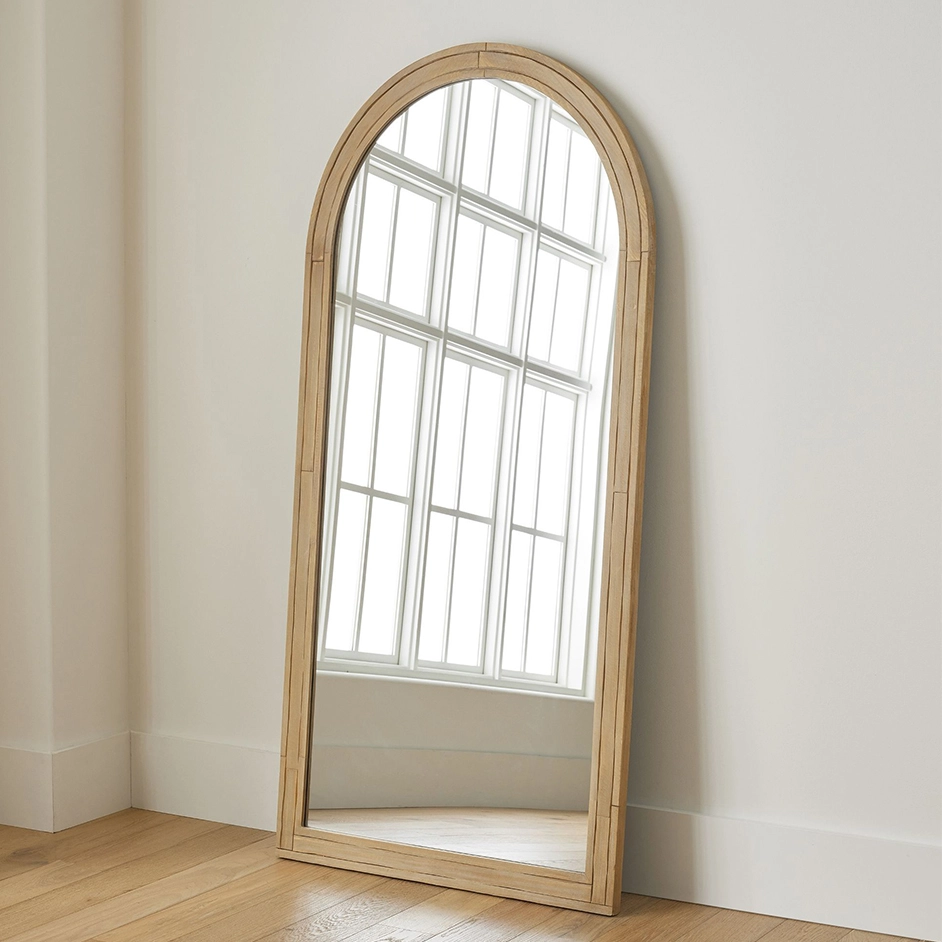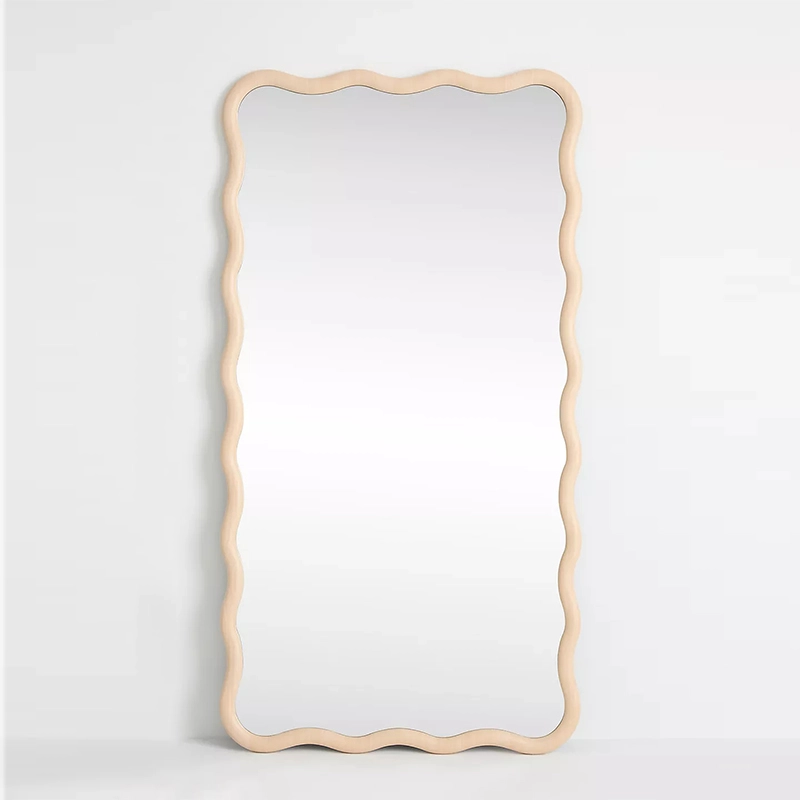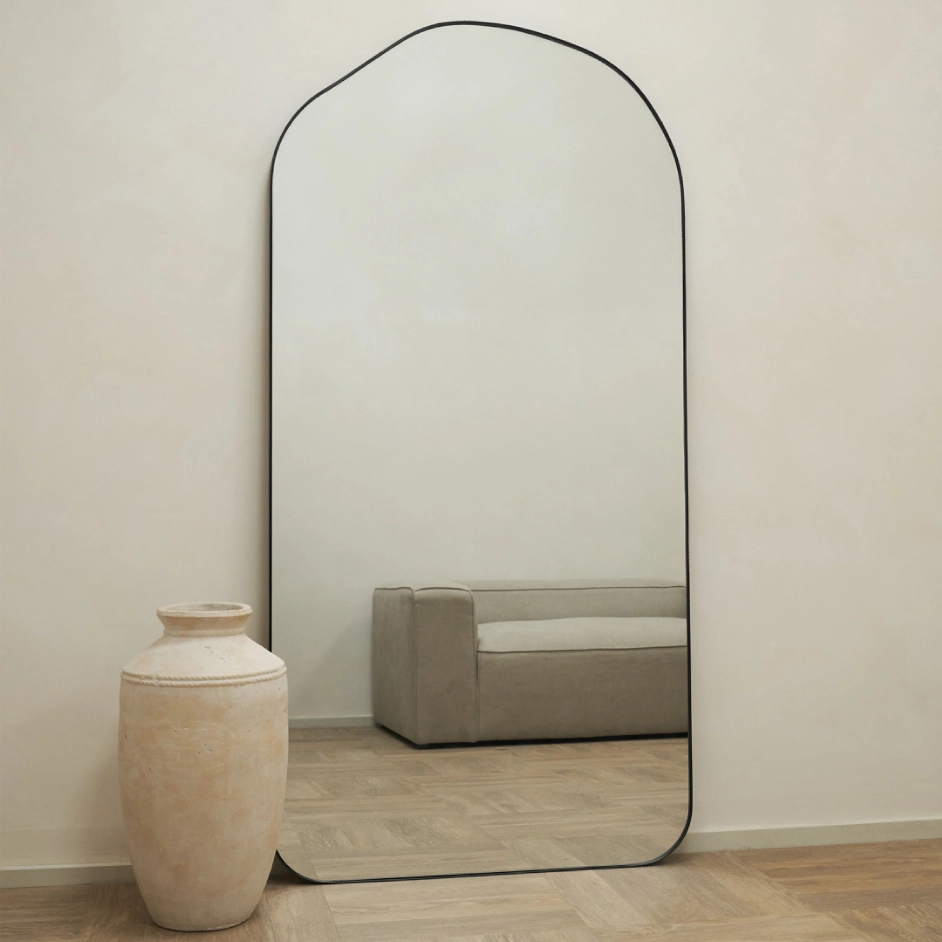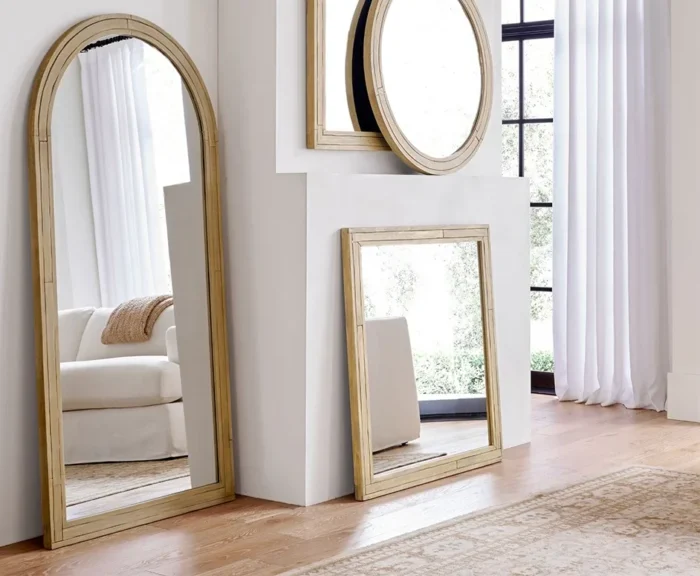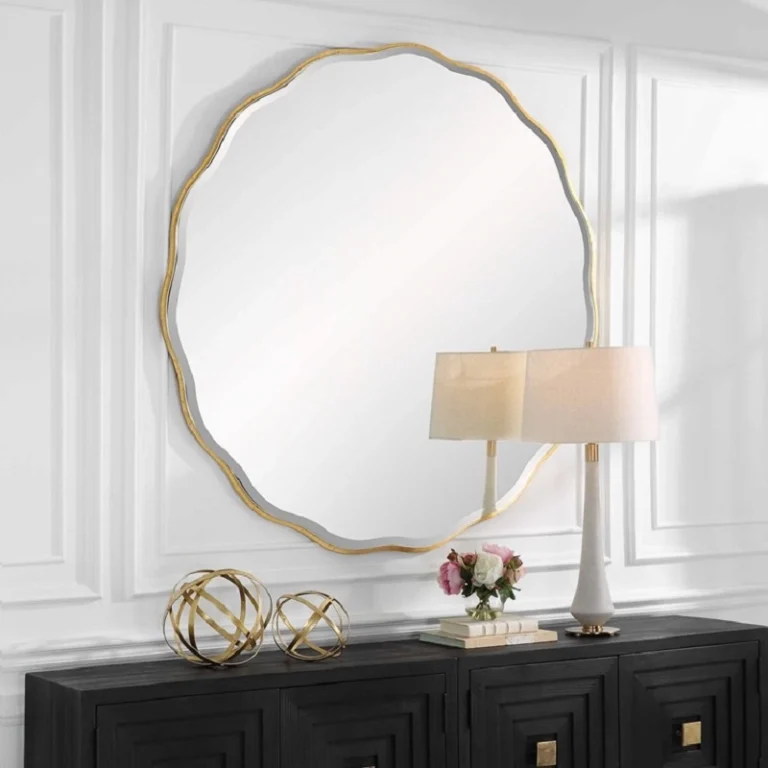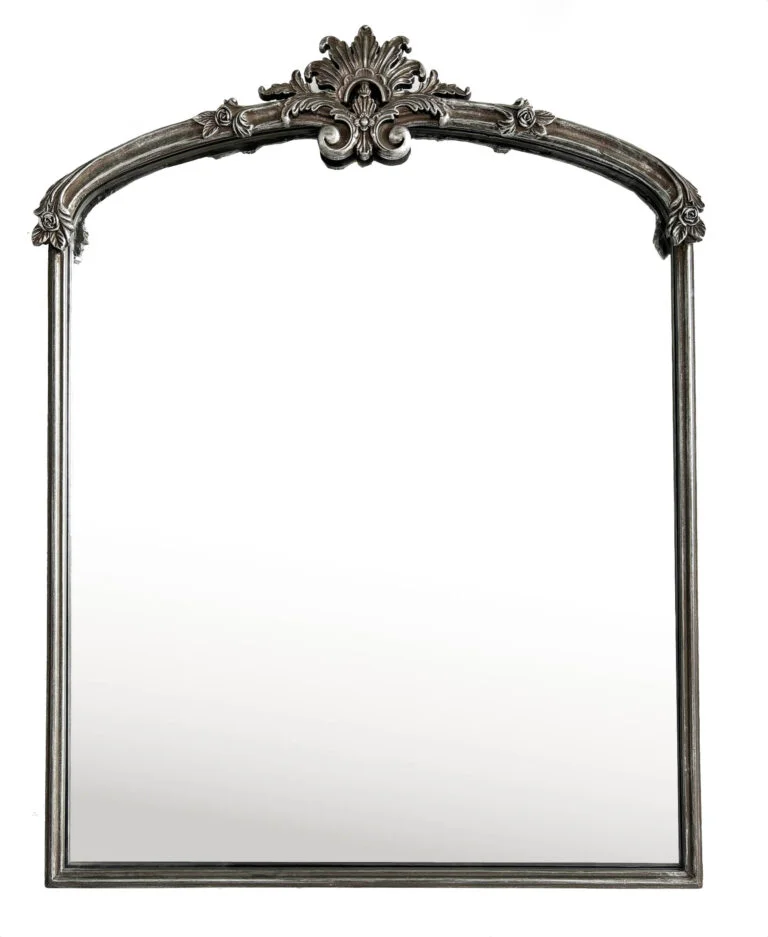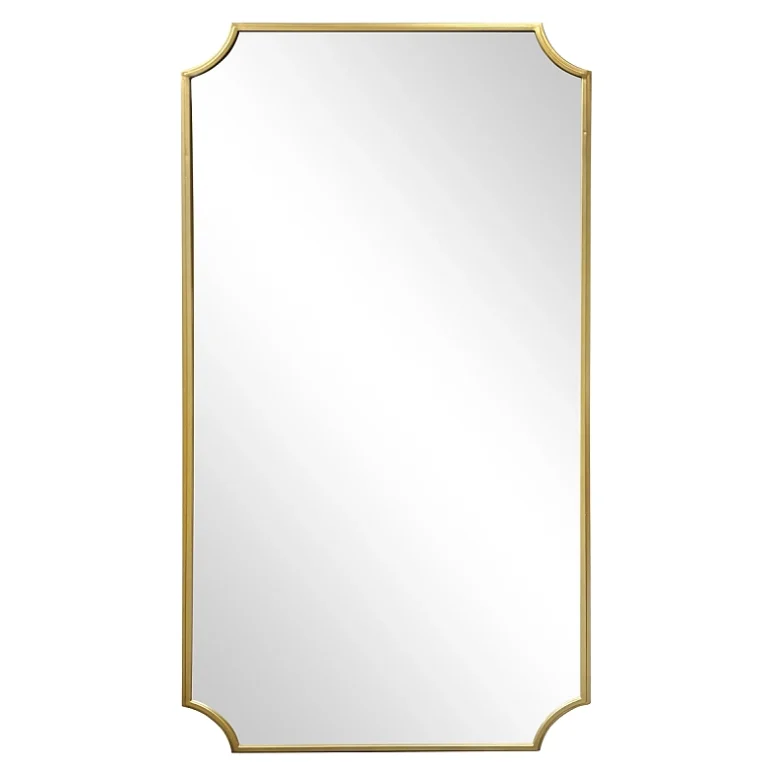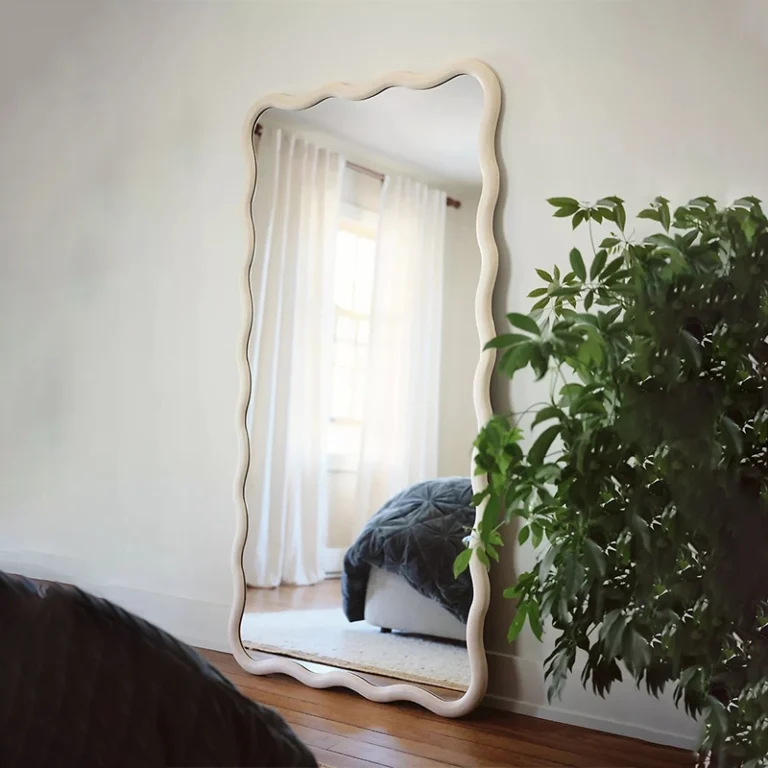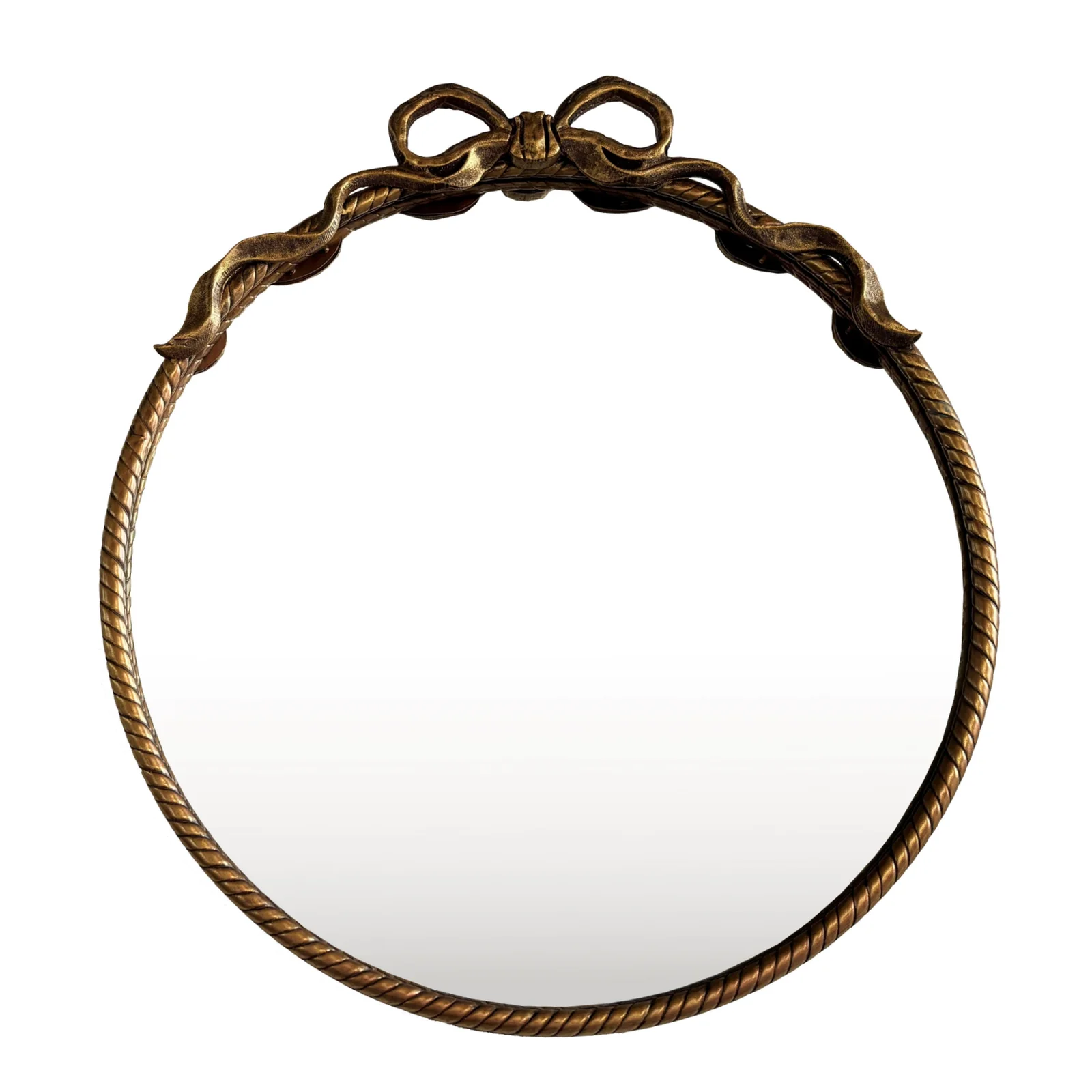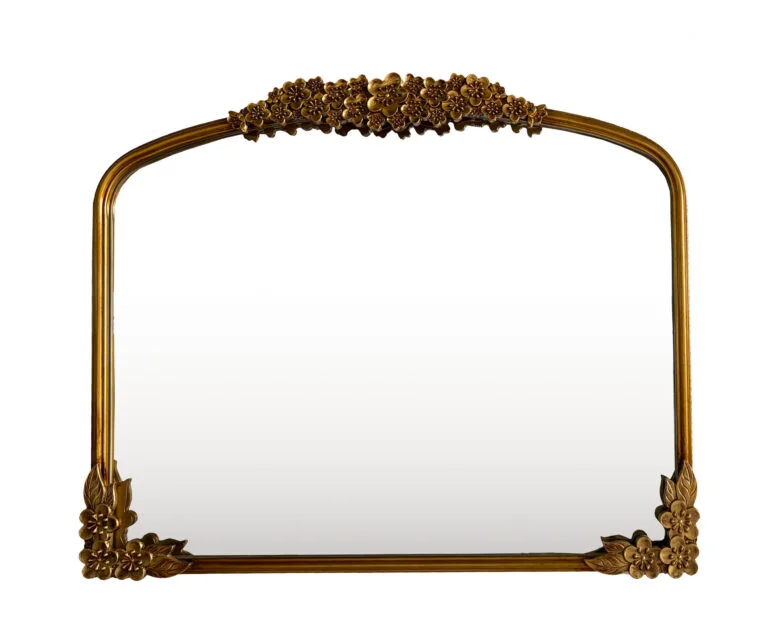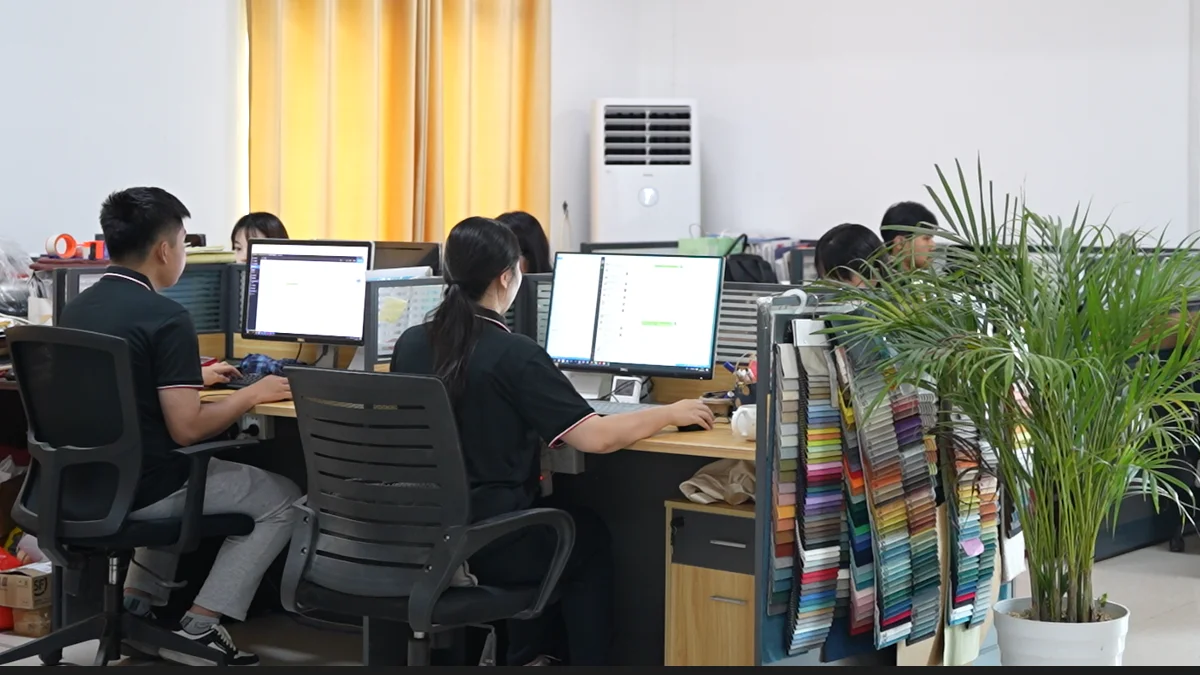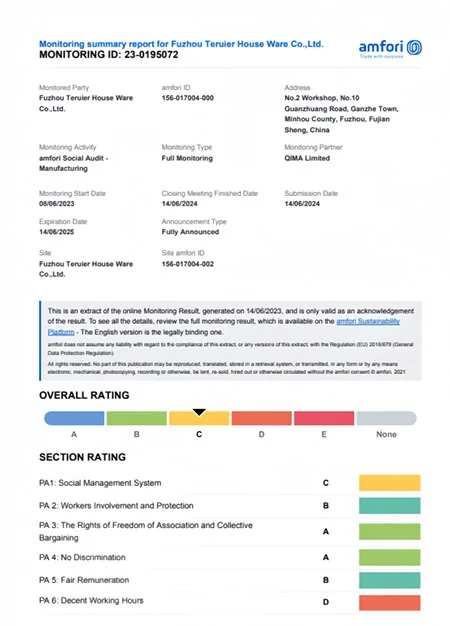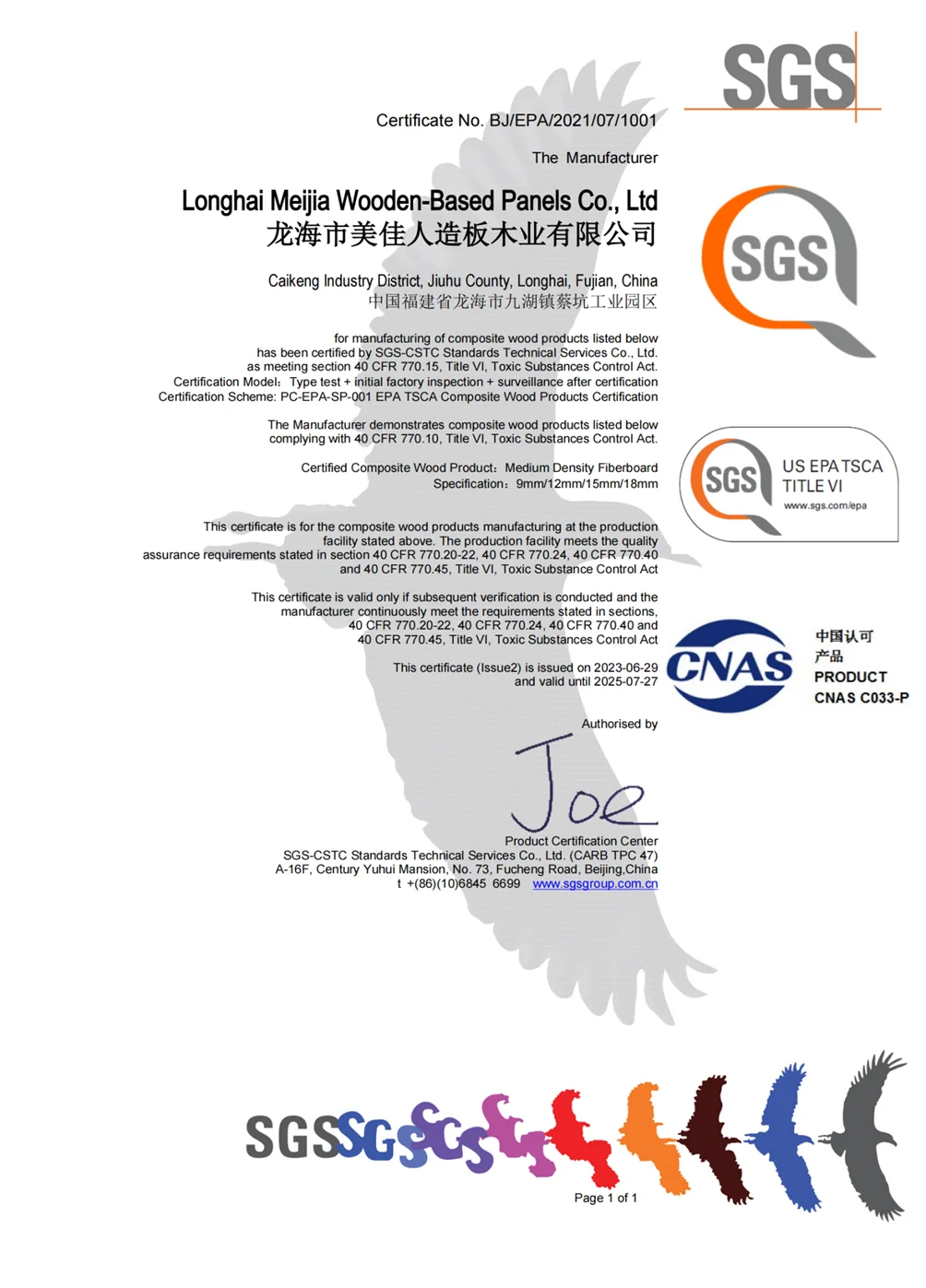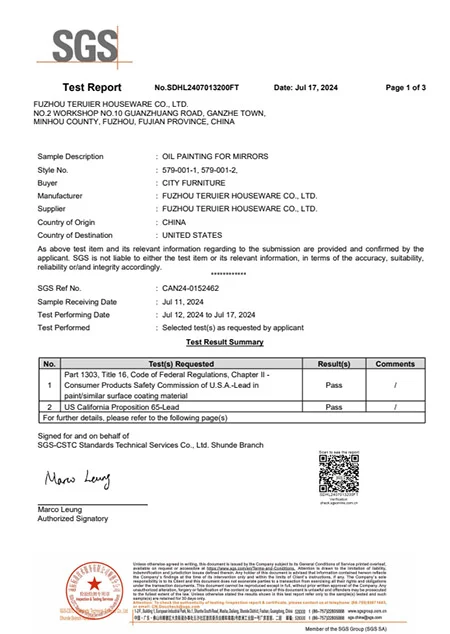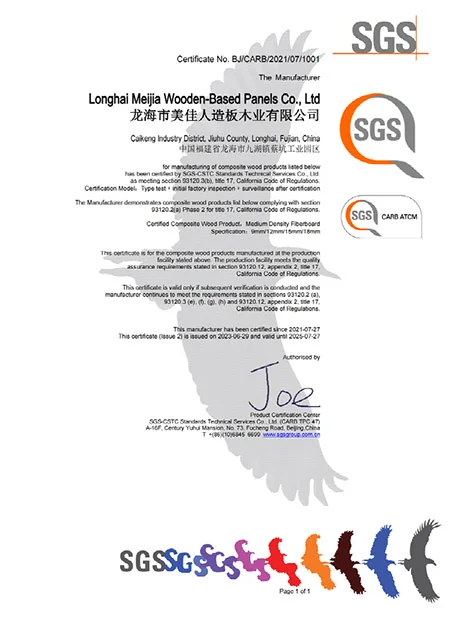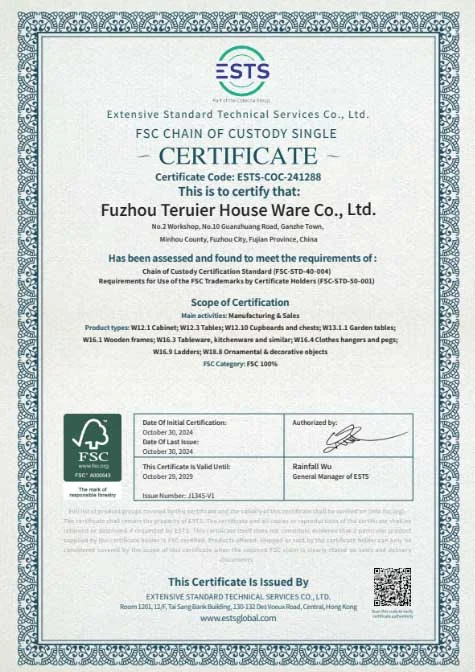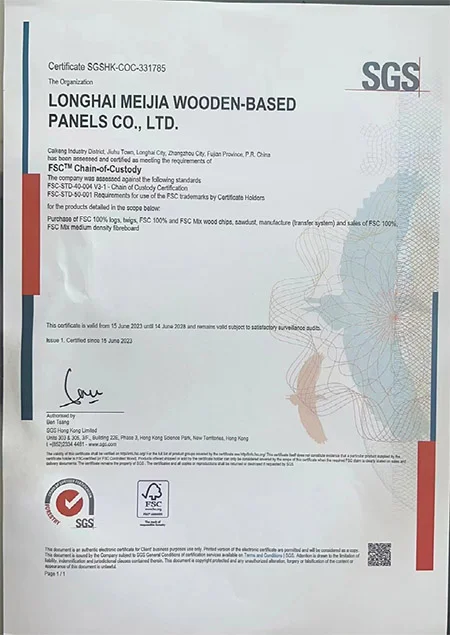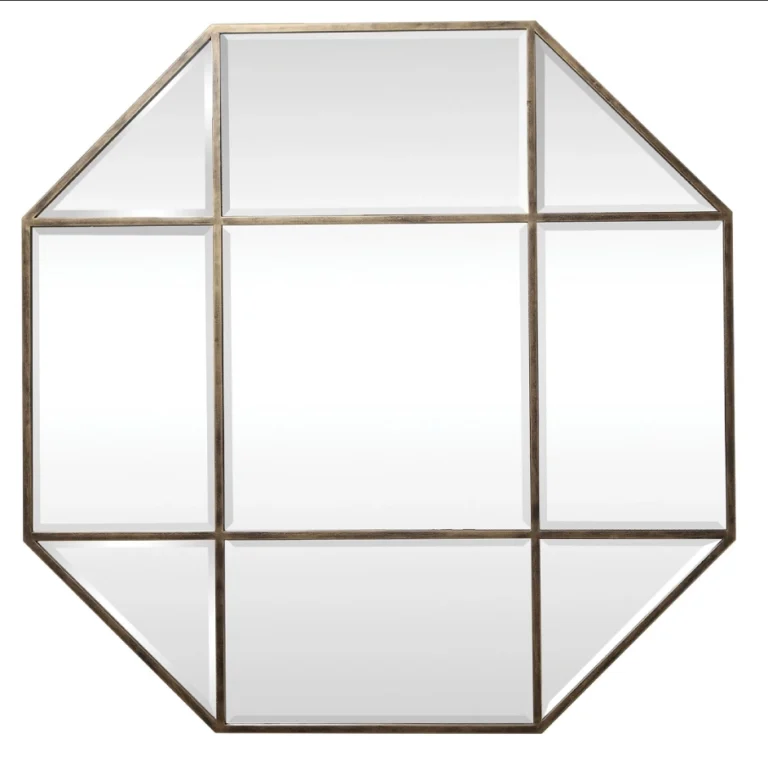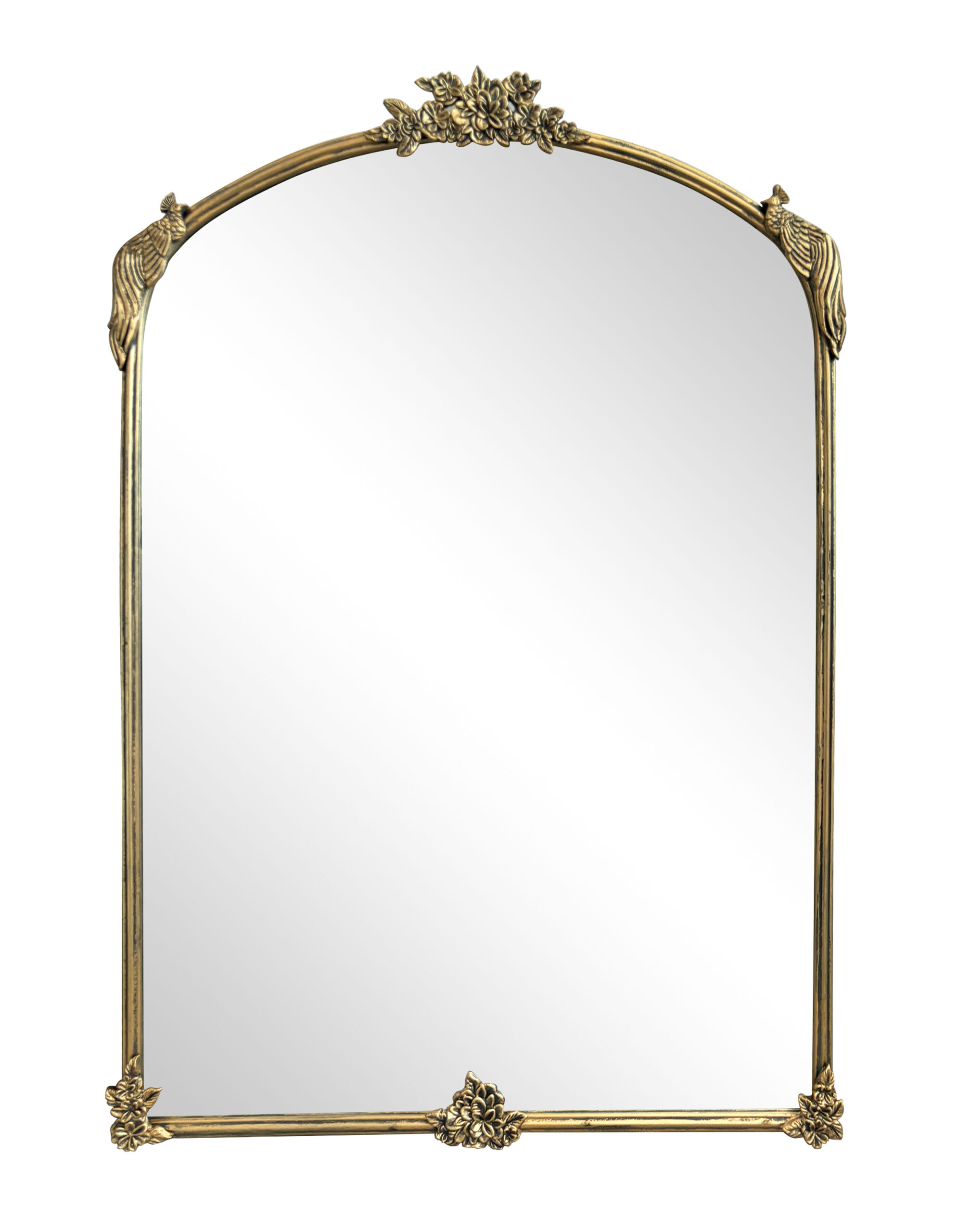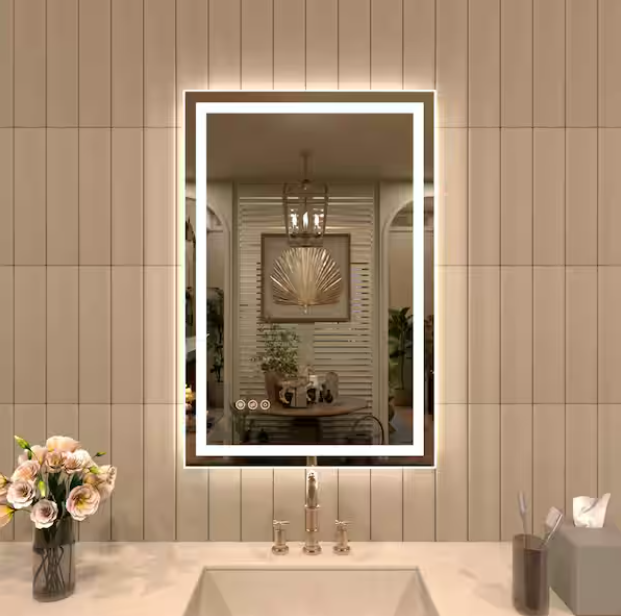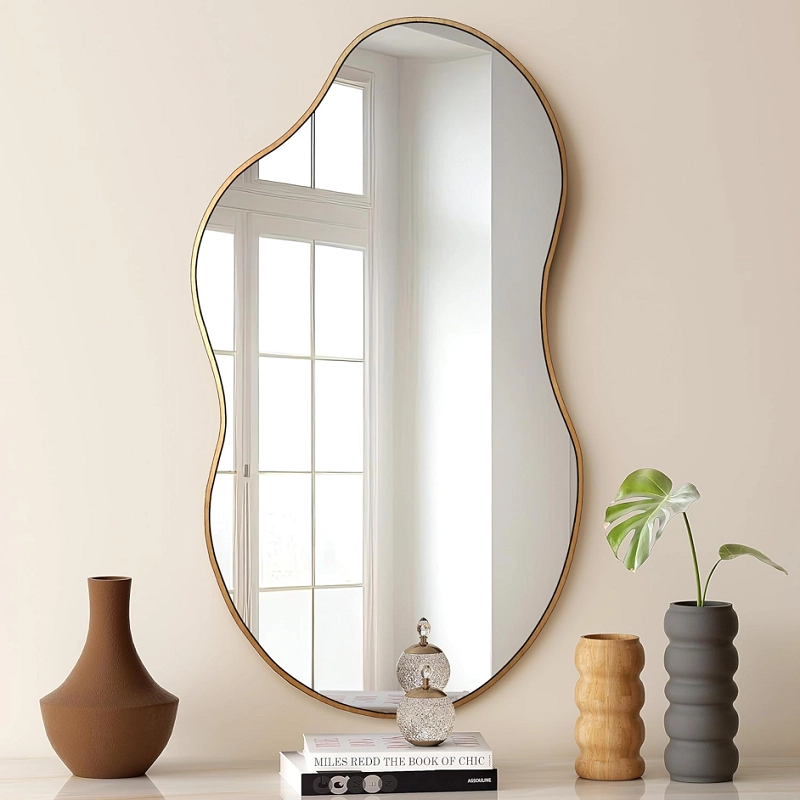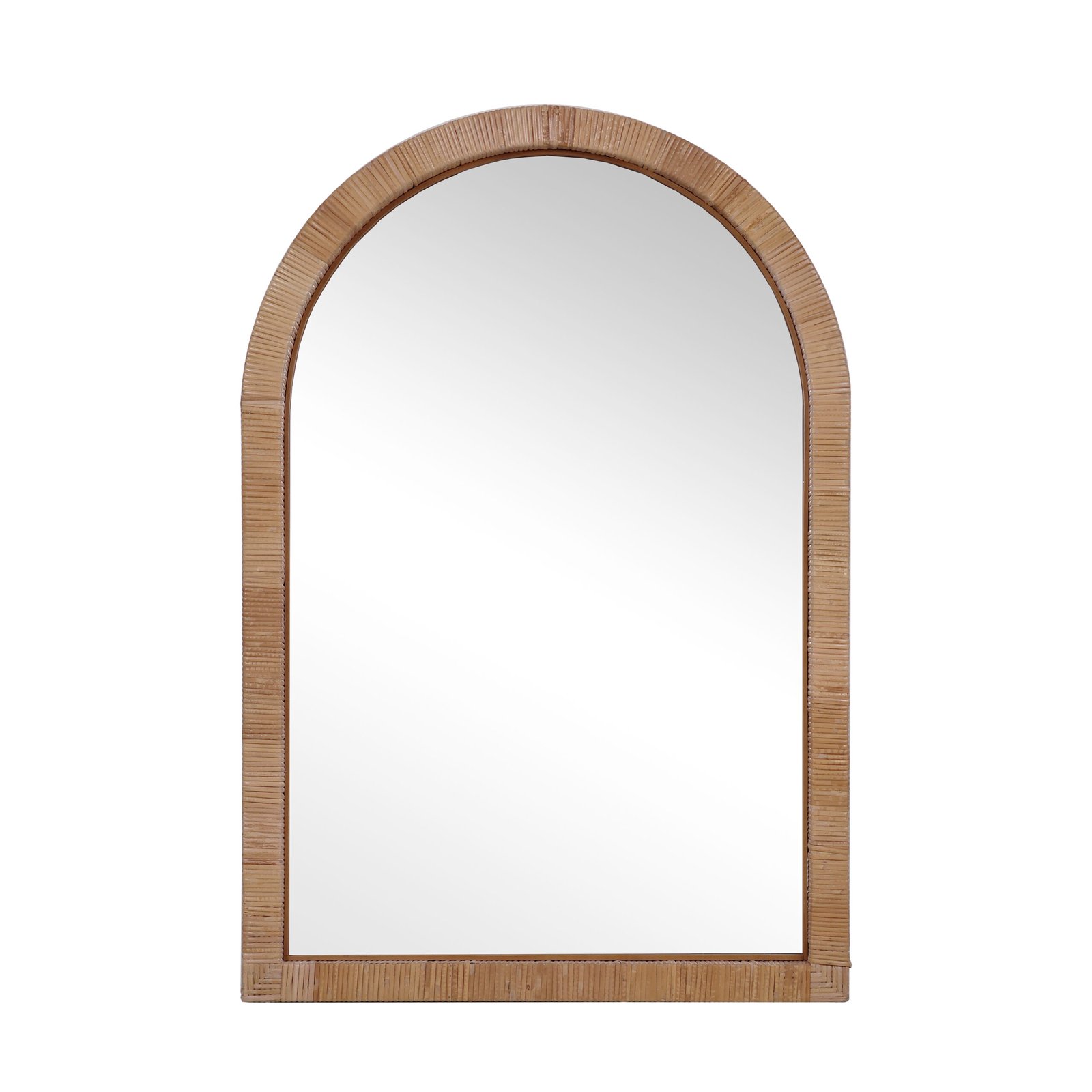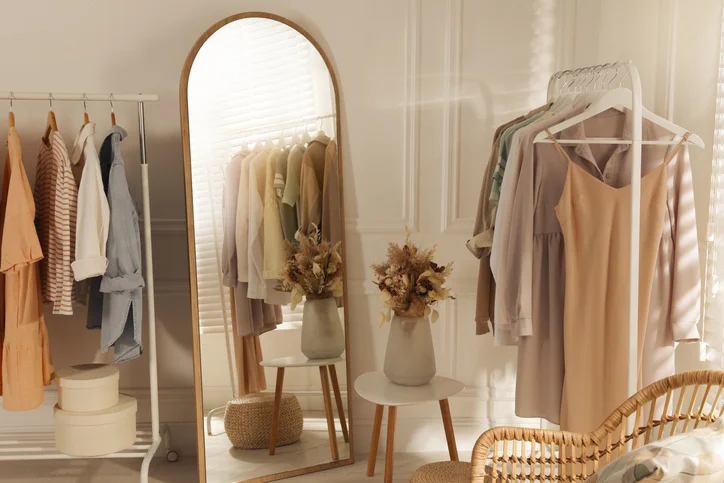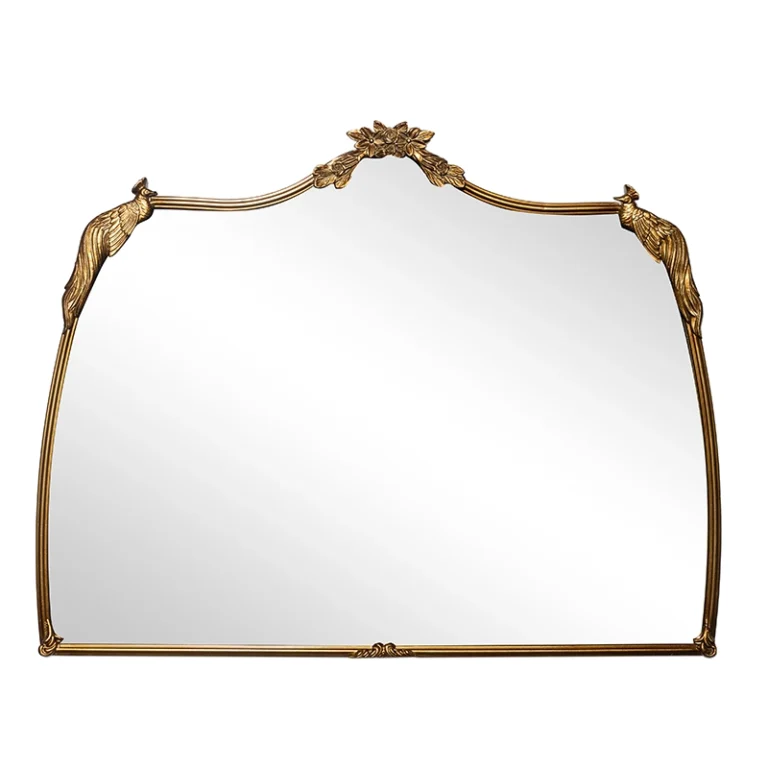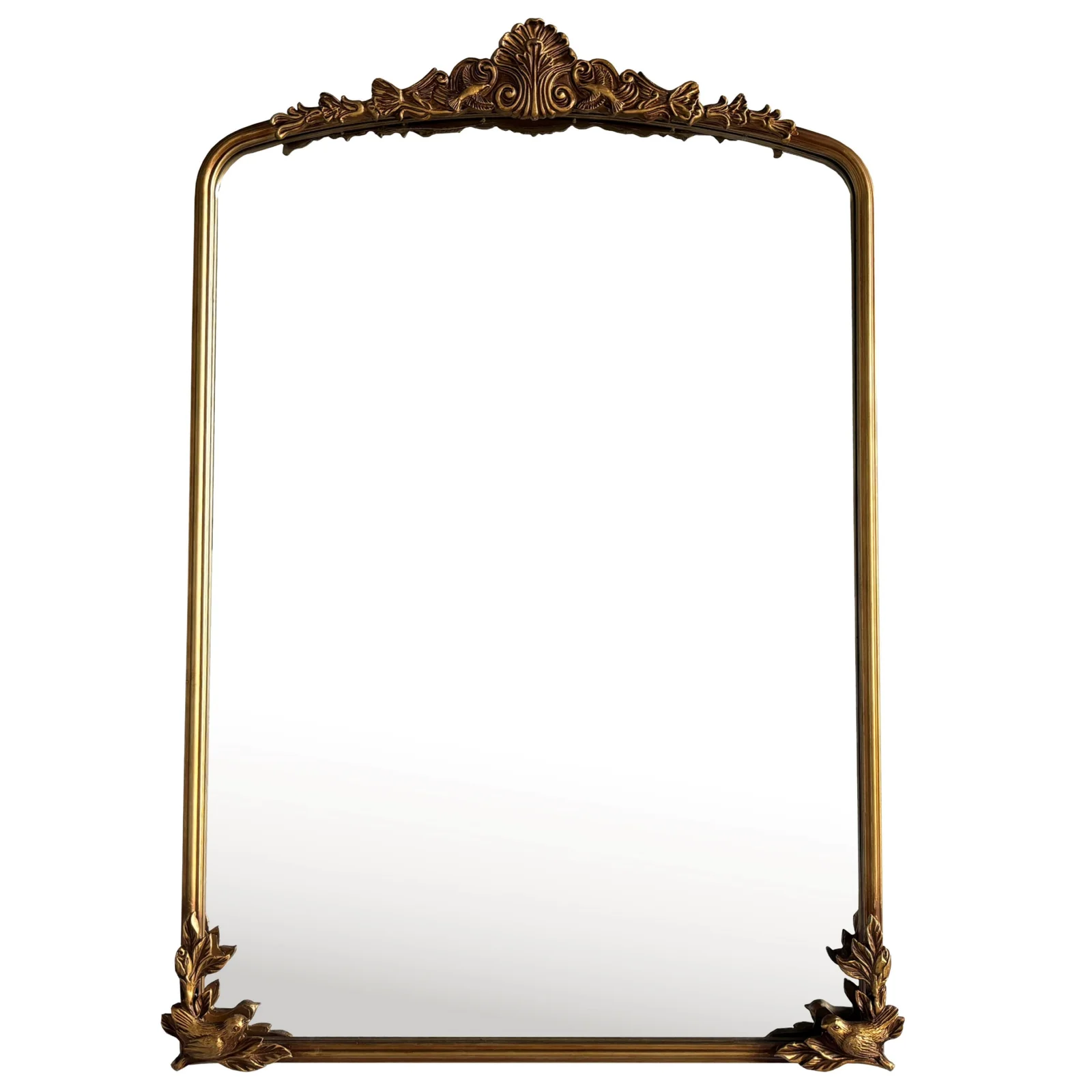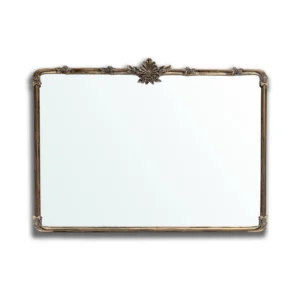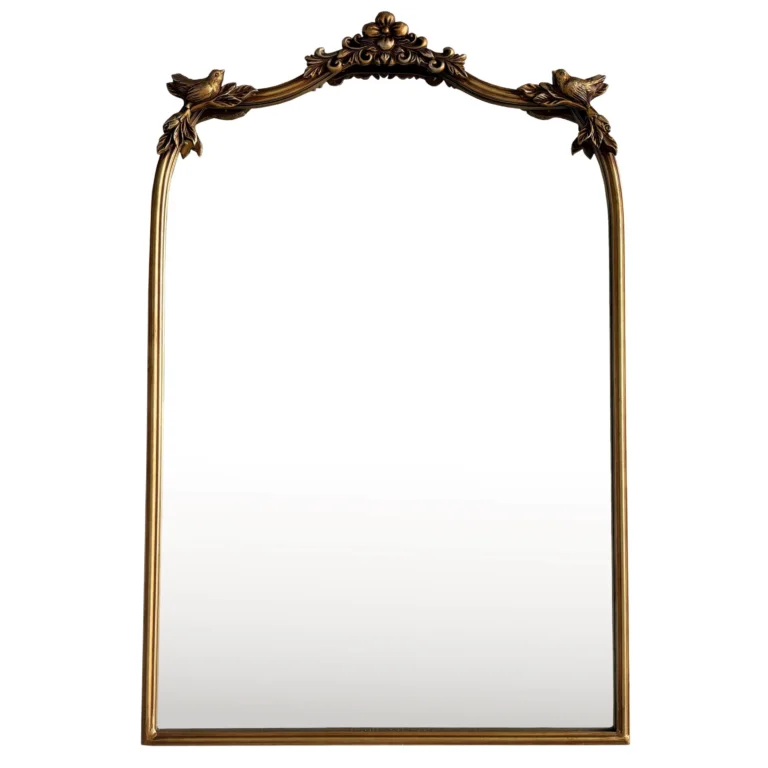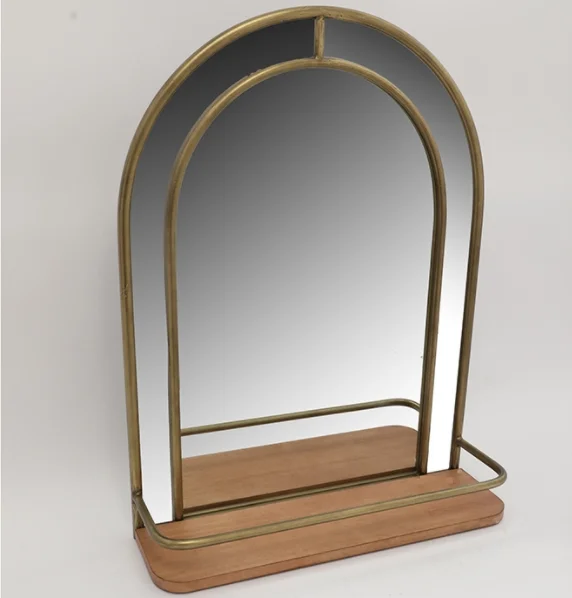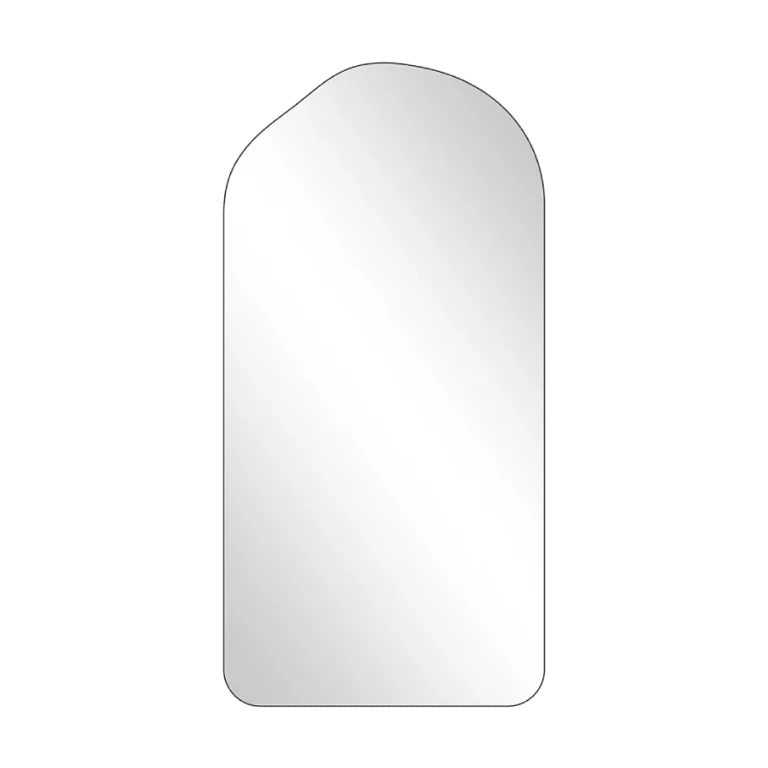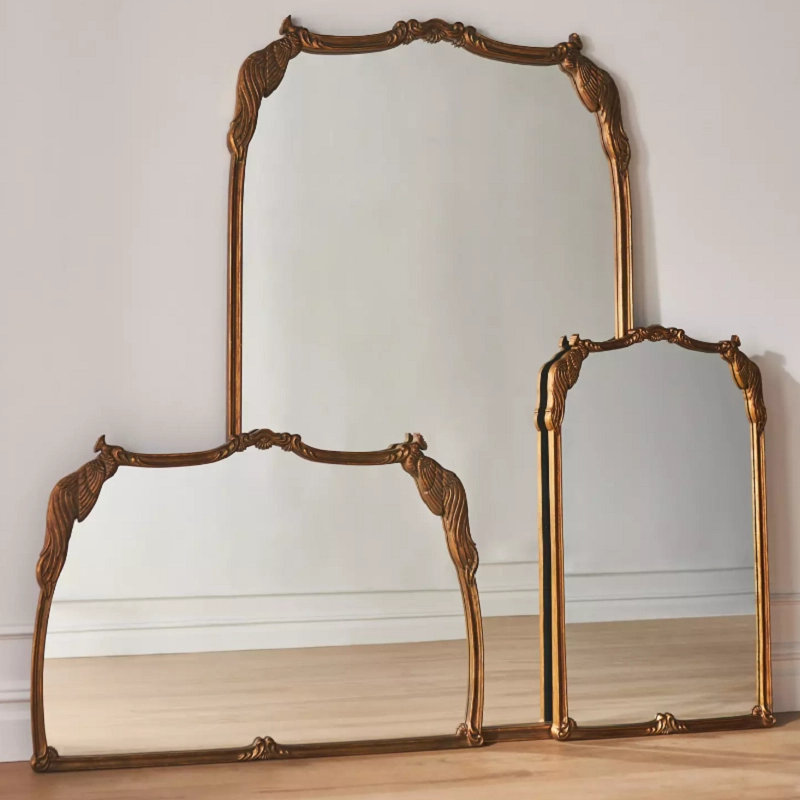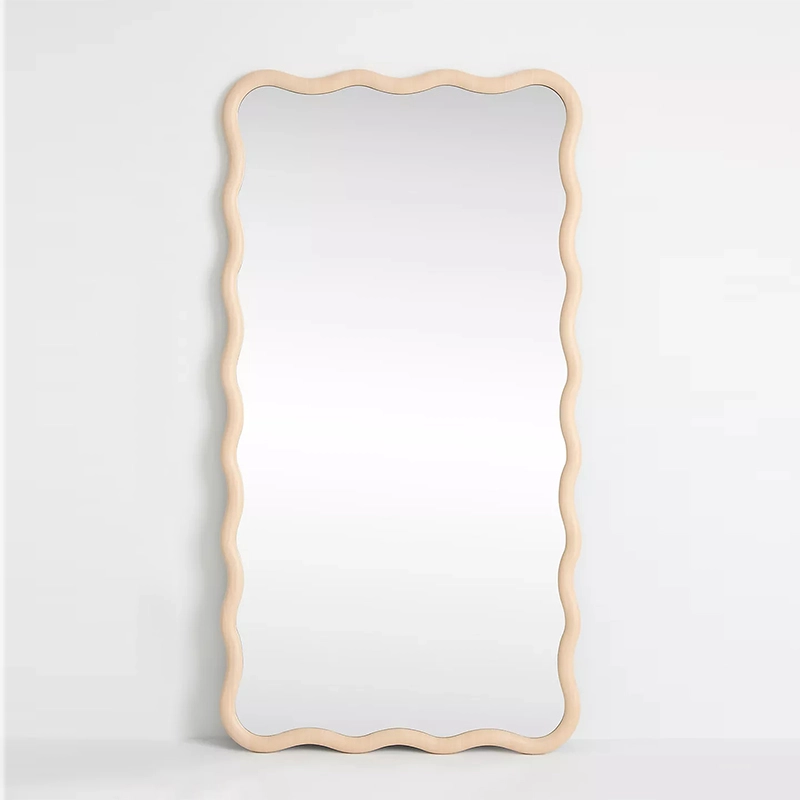teruiermirror
Middle East bathroom mirror design combines culture with functionality.
Middle East bathroom mirror design combines culture with functionality.
1. Cultural Motifs & Decorative Styles
-
Islamic Geometric Patterns
Frame or edges adorned with intricate geometric or arabesque designs, avoiding human/animal figures to align with Islamic art traditions. Techniques like laser engraving or metal inlay can enhance detail. -
Luxury Materials
Gold or bronze-toned frames (symbolizing opulence), paired with brass, stainless steel, or ceramic finishes. Textured surfaces (brushed or hammered) add sophistication. -
Arched Silhouettes
Incorporate classic Islamic architectural arches (e.g., horseshoe or pointed arches) in the mirror’s shape for cultural resonance.
2. Color Preferences
-
Earthy Neutrals: Beige, sand, and camel tones reflecting desert landscapes.
-
Rich Hues: Deep blue, emerald, or ruby red inspired by Persian carpets and stained glass.
-
Metallics: Warm rose gold or antique copper over cool silver.
3. Functionality & Privacy Considerations
-
Anti-Fog & Lighting
Integrated LED strips (warm white) for practicality and ambiance; anti-fog coating is essential in humid climates. -
Adjustable Angles
Tiltable or extendable mirrors accommodate hijab wearers; optional side mirrors improve usability. -
Hidden Storage
Sleek mirror cabinets with internal compartments for cosmetics, scarves, and accessories.
4. Size & Layout
-
Oversized Panels
Align with Middle Eastern preferences for spacious bathrooms—full-wall mirrors make a bold statement. -
Modular Designs
A central mirror flanked by smaller decorative ones (e.g., hexagonal or round) enhances visual appeal.
5. Premium Finishing Touches
-
Artisanal Craftsmanship
Hand-carved frames or enamel inlays for bespoke luxury. -
Smart Features
Touch controls or Bluetooth speakers (for high-end segments), ensuring compliance with local safety standards.
6. Market Differentiation Tips
-
Fusion Styles: For younger demographics, blend minimalist lines with subtle traditional motifs.
-
Customization: Offer interchangeable frames or Arabic calligraphy engravings (e.g., blessings).
-
Eco-Materials: Highlight sustainability (e.g., recycled metals) to appeal to eco-conscious buyers.
By merging cultural symbolism, practicality, and high-end materials, these designs meet Middle Eastern consumers’ aesthetic expectations while suiting their lifestyle.
Generally speaking, our order requirements are as follows: the minimum order quantity (MOQ) for large items is 50 pieces, for regular items it is 100 pieces, for small items it is 500 pieces, and for very small items (such as ceramic decorations) the MOQ is 1,000 pieces. Orders exceeding $100,000 will receive a 5% discount. The delivery timeline is determined based on the specific order quantity and production schedule. Typically, we are able to complete delivery within two months.
